Yesterday’s Salon 44 panel on art collecting covered multiple facets of collecting: curating your collection, reaching out to galleries, and budgeting for art. Since the panel was centered around the launch of Salon 44 (Gallery 44’s annual fundraiser, which I am the co-chair for), there was an emphasis on collecting editions, both as a great introduction to collecting (lower prices) but also as a way to indulge in photography as a medium. Robyn Zolnai, the sales manager at Stephen Bulger Gallery, pointed out that collecting editions means you can have art hanging on your walls that you share with other collectors—including major institutions.
Of course, a one-hour panel can’t cover everything. One curious attendee reached out after the panel to expand their curiosity: How are photographs valued? With everyone taking photographs on Instagram, what’s the benefit of owning a photograph? What is up with edition sizes? I reached out to photo-expert Craig D'Arville, the co-founder of the global sales platform FFOTO, which offers a curated selection of contemporary and classic photographic art, to chat more about collecting editions. Here is the valuable insight Craig provided on collecting photography:
Editions:
“If you’re interested in buying work by older, or perhaps legendary artists, that work isn’t often going to be editioned. Editioning only really became prevalent in the photography market after 1980, and that was to meet the expectations of the marketplace. That meant developing conventions around tracking that are important to collectors—so photography began emulating the editioning systems common to traditional printmaking.”
“Generally, the larger the print of a photograph, the fewer number within the edition there should be. I think of large photographs as anything larger than 3x3ft, I wouldn’t want to see more than maybe 5 or so prints, plus 1 or 2 APs (artist proofs) in the print run. If that same image is produced in a smaller size, there can be more in the edition. Maybe 5 or 7 of an edition of the smaller print of the same photograph. An AP can be sold, can be kept by the artist, it can circulate with exhibitions, or if it’s a traditional printing method it can be used as an example of an optimal print.”
“The cleanest way to do an edition is offer one size and that’s it. But what some contemporary artists do, Chris Sheperd does this, is offer his work in two or three sizes to satisfy people who have smaller wall space, bigger wall space, smaller budgets, bigger budgets.”
“Other artists like to work in what’s called a universal edition. So let’s say an artist says, “I want to make seven works total plus one AP, but I have three sizes in mind.” All seven of them can be the same size, or half of them can be small and half big. It’s a finite number: seven prints and one AP. They don’t hamstring themselves with sizes”
“Because photographs are mechanical reproductions, there can be an unlimited number of prints, that’s why editions are important. Collectors don’t like when photographs exist beyond the stated number, that’s frowned upon. With a universal edition that has a cap, collectors know that there will never be more than a set number of prints that exist. The art market is built around a scarcity model, you’re paying for something that not a lot of people have.”
What to buy:
“Buy what you love, I wouldn’t plan to buy any art strategically. I don’t think it’s wise to treat art as an investment. A piece of advice I was given a long time ago was to think of art not as an investment, but as a fixed asset. Sometimes it will appreciate, sometimes it won’t. Sometimes its only value is that it’s loved by the collector, and that’s fine.”
“If you’re committed to wanting to start a collection, I would direct emerging collectors to emerging artists. Then become familiar with dealers or online platforms that work with emerging collectors, that means they want to talk to you and give you information.”
Print vs Photograph vs Image:
“Language is important when talking about photographs. Print, photograph, and sometimes even "image" can all mean different things. They talk to the object, talk to the aesthetic, and to the composition. They’re sometimes interchangeable. A photograph is the image you’re looking at, but the photograph is also the print. When you start talking about varying sizes in an edition, you’re talking, really, about the print. A photograph is also an object, which is where the use of the word 'print' comes in to make that distinction. It’s a tangible item vs the photographic composition.”
How to buy:
“If a dealer senses the questions you’re asking are serious, and not just idle chit-chat, they will engage with you. If you get a good vibe, pursue it. If a dealer feels like you’re on the path to collecting, they will give you as much information as will be valuable to you to make a purchase. So you can ask them questions: How long has this artist been working? Why are their prices this much? How much does this cost?”
“If you want to collect and you’re a bit overextended from what your budget is, most dealers will be happy to arrange a payment plan without interest. We do that at FFOTO. If something is $2,000, you work out $1,000 a month for two months or $500 for four months and then after that time we'll ship it to you or you can pick it up in person if you're local. Your deposit ensures the hold.”
Signed Works
“Prints needn't be signed as a rule; they can be accompanied by signed certificates of authenticity by either the dealer or directly from the artists. A print should be accompanied by one or the other - sometimes they come with both - but if a print is signed and editioned on the physical artwork, it becomes less important to have the certificate. The key is to create a paper trail, either physical or via emails/other correspondence or documentation. That helps with insurance evaluations, establishing ownership, etc.”
If you have any questions about collecting photography, reach out to Craig at team@ffoto.com
Craig’s Recommended Reading: 7 Reasons to Get Excited About Collecting Photography
You can follow FFOTO on Instagram here.


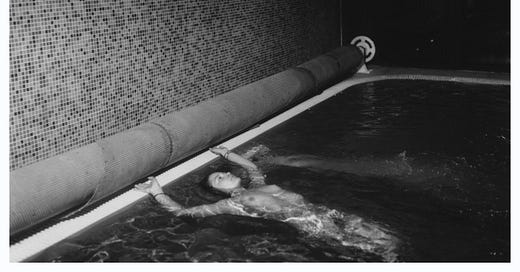


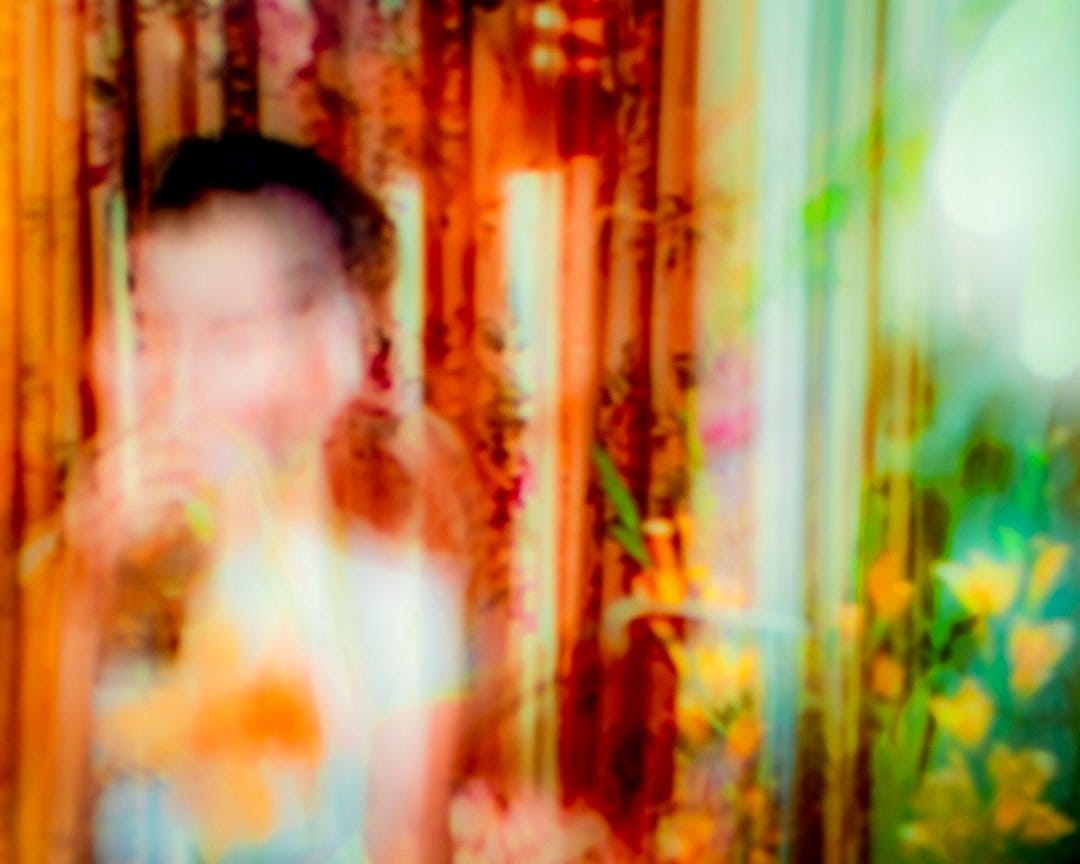
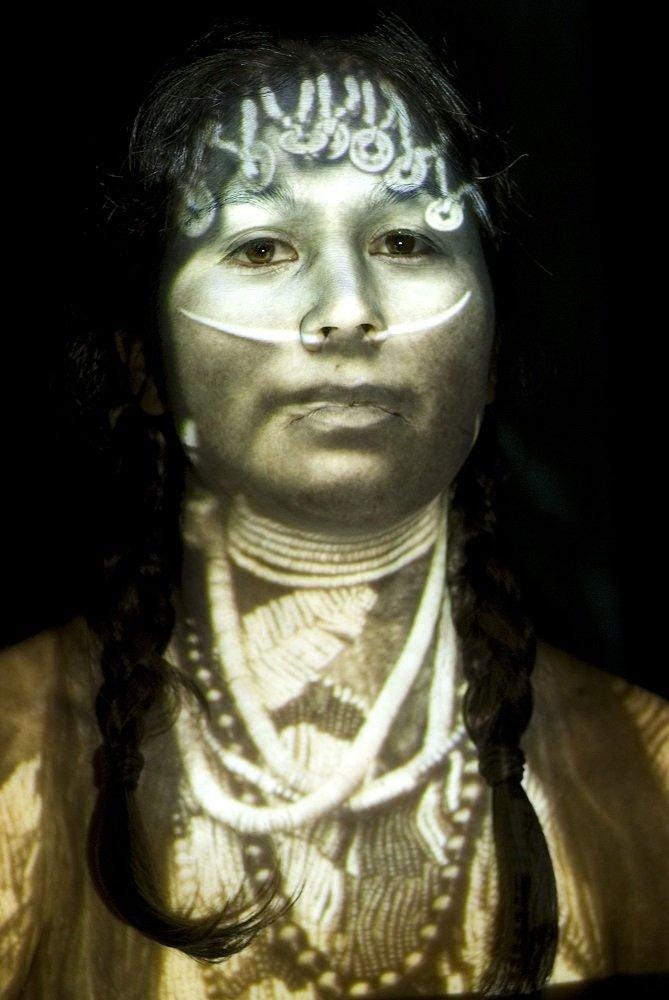

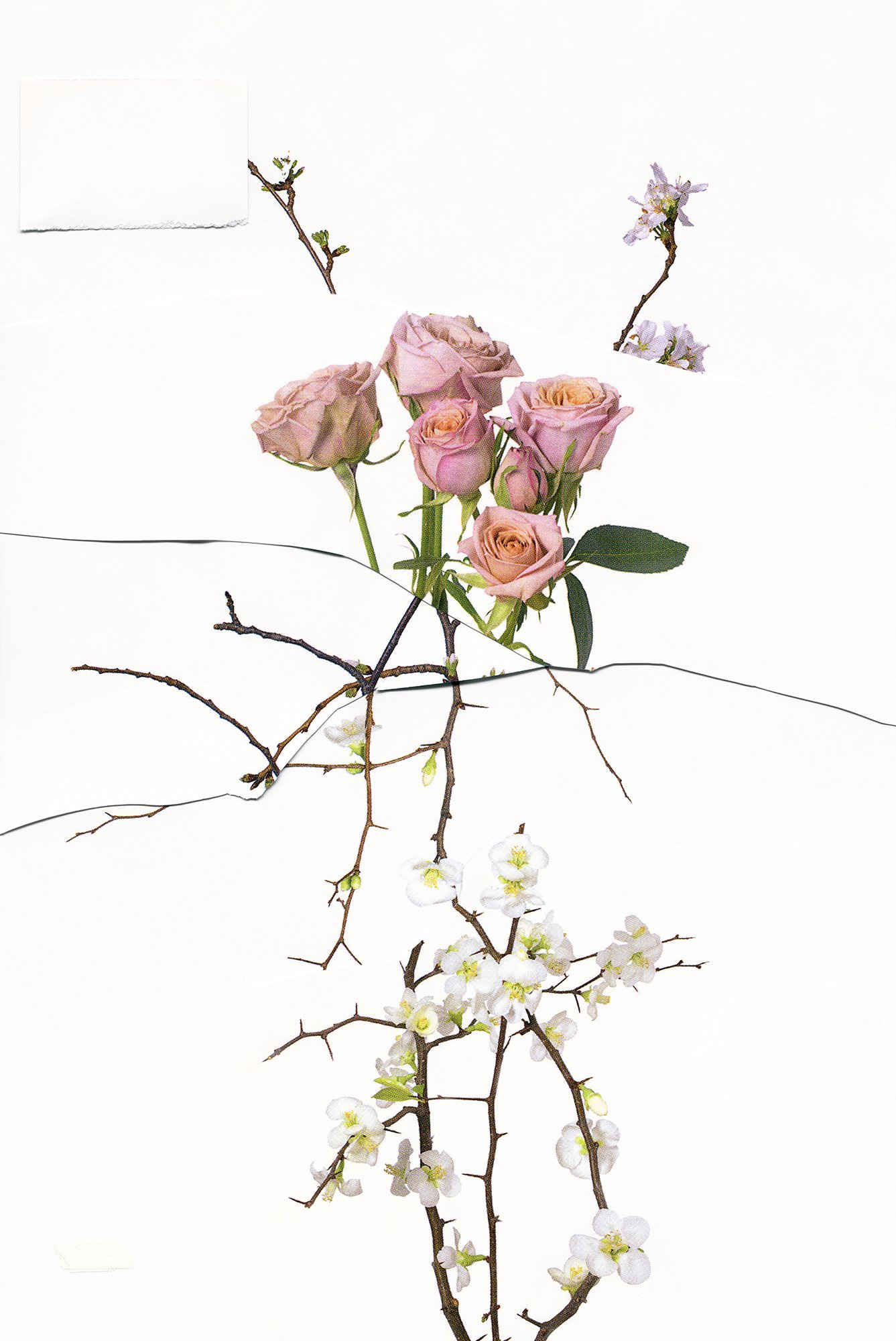
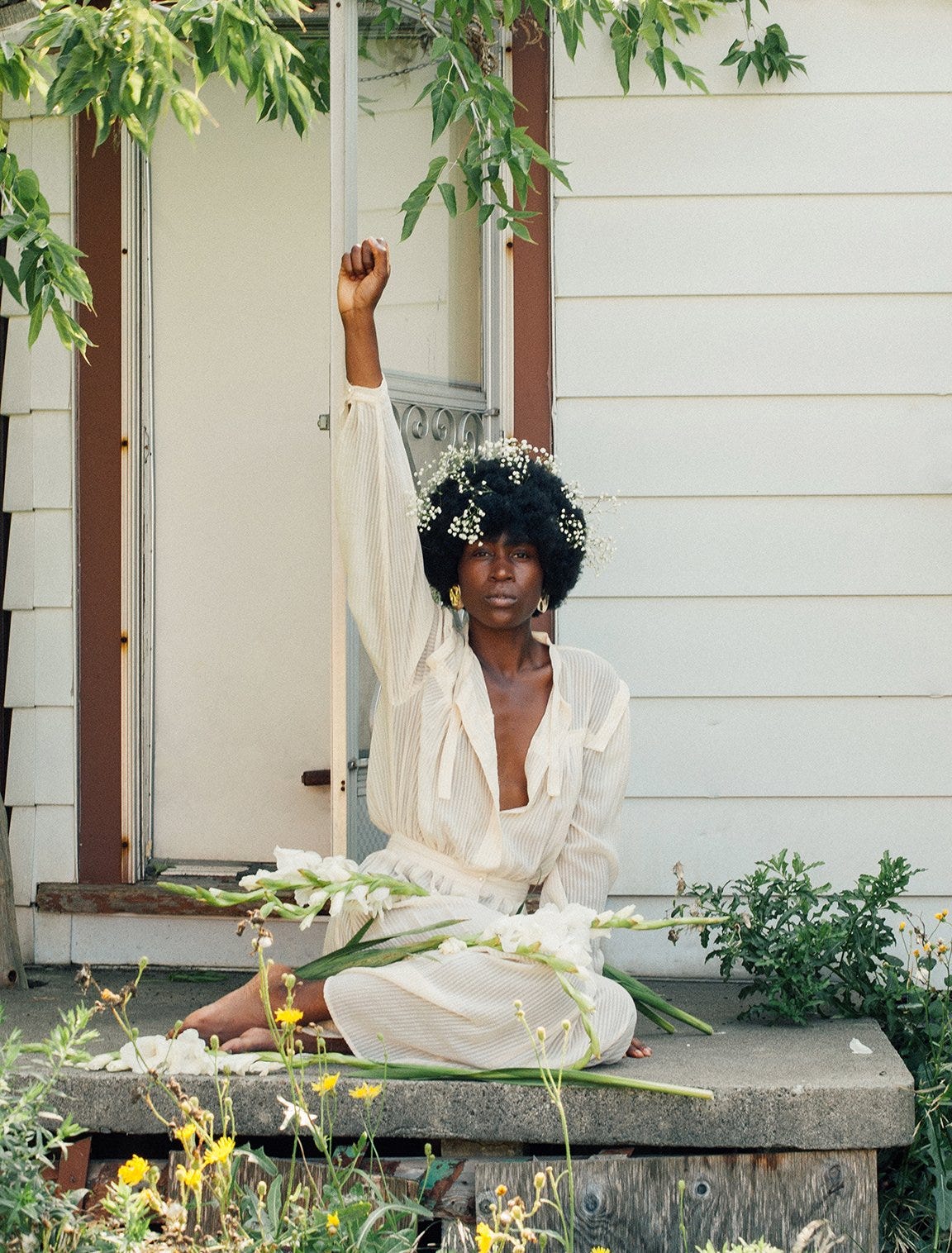
Informative essay, thanks Tatum. Thought-provoking comment regarding offering images in varying sizes. . .
Thanks for these blog posts, Tatum - you're an amazing resource for emerging and seasoned collectors alike!